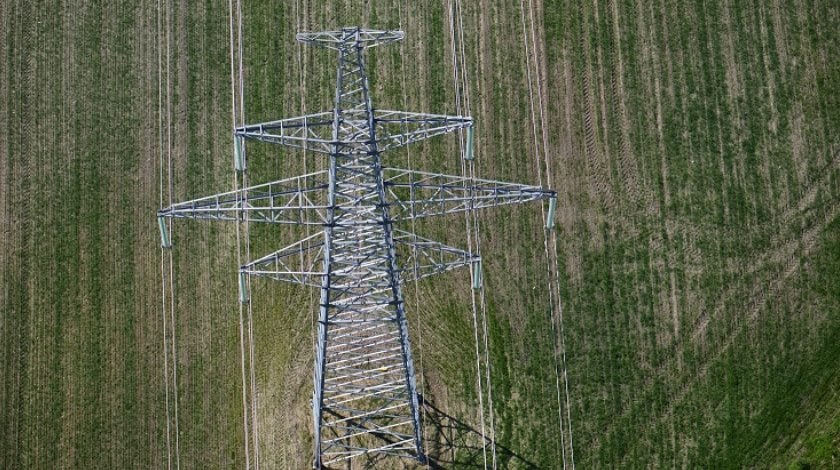Photo: Laserpas
Reading Time: 2 minutesLaserpas, a leading international Remotely Piloted Airborne System (RPAS) operator in the Baltic States, announced having completed another power grid inspection pilot project for one of the national transmission operators in the Baltics. Having inspected 330 kV power grid line spanning over 136,17 km, company uncovered over 1500 suspicious and dangerous trees, as well as more than 850 buildings threatening the security of the power line.
Project executors employed several unique technologies including lidar scanning and nadir photography, as well as oblique cameras which have been integrated into piloted helicopter.
Information collected from the corridor was digitalized and converted into territorial maps which also contained layers of separate object classes (conductors, poles, trees, other vegetation, buildings, water, roads and etc.).
Different layers assisted in identifying wider scope of possible risks. In addition, 3D models were also established. Generated from laser data, models were used to develop line profiles and calculate risks.
According to Mantas Vaskela, CEO of Laserpas, the project significantly complements the information about current situation in the Baltic network of overhead power lines.
“Project results extensively reveal the capabilities of our technology which is specifically tailored for power line inspection. By using high zoom oblique cameras we were able to capture specific details including isolator cracks or grounding wire damage,” adds M. Vaskela.
“Although, line is in a relatively good shape, there are a number of safety threats within the line corridor. This fact alone alerts that that any power grid without exception is in need of constant monitoring.”
After thorough inspection, Laserpas team discovered surprising findings: 413 dangerous and 1199 suspicious trees, as well as 612 530 sq m of dangerous vegetation.
Furthermore, 875 buildings located in the officially forbidden zones were captured – this is considered as a serious security threat to both power line operator and inhabitants of the buildings. Photographs from the oblique camera also disclosed hazardous errors such as damaged insulators, cracked concrete, traces of soil erosion.
Recently, Laserpas has also conducted powerline inspection project in Romania where team discovered 50 kilometers of undocumented lines and other inaccuracies in data, as well as various security threats.
Laserpas is also a member of Avia Solutions Group family – an international, publicly traded aviation holding company with over 20 subsidiaries worldwide.

